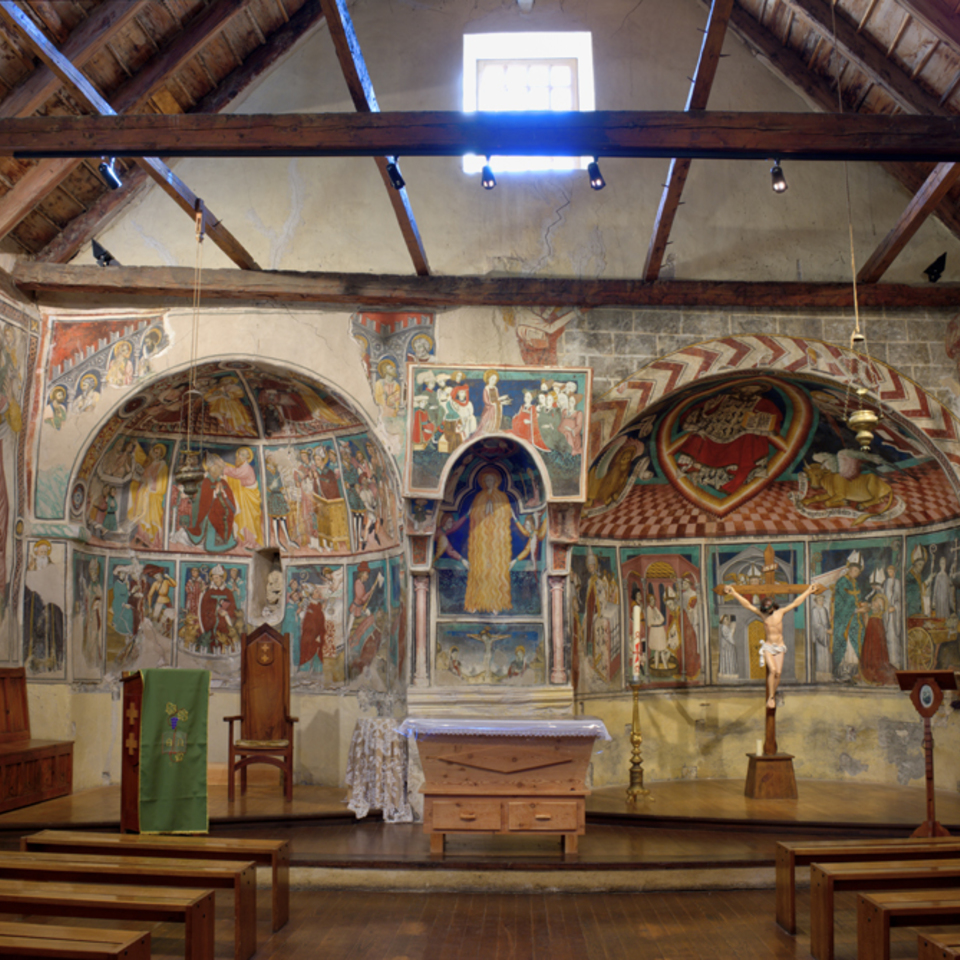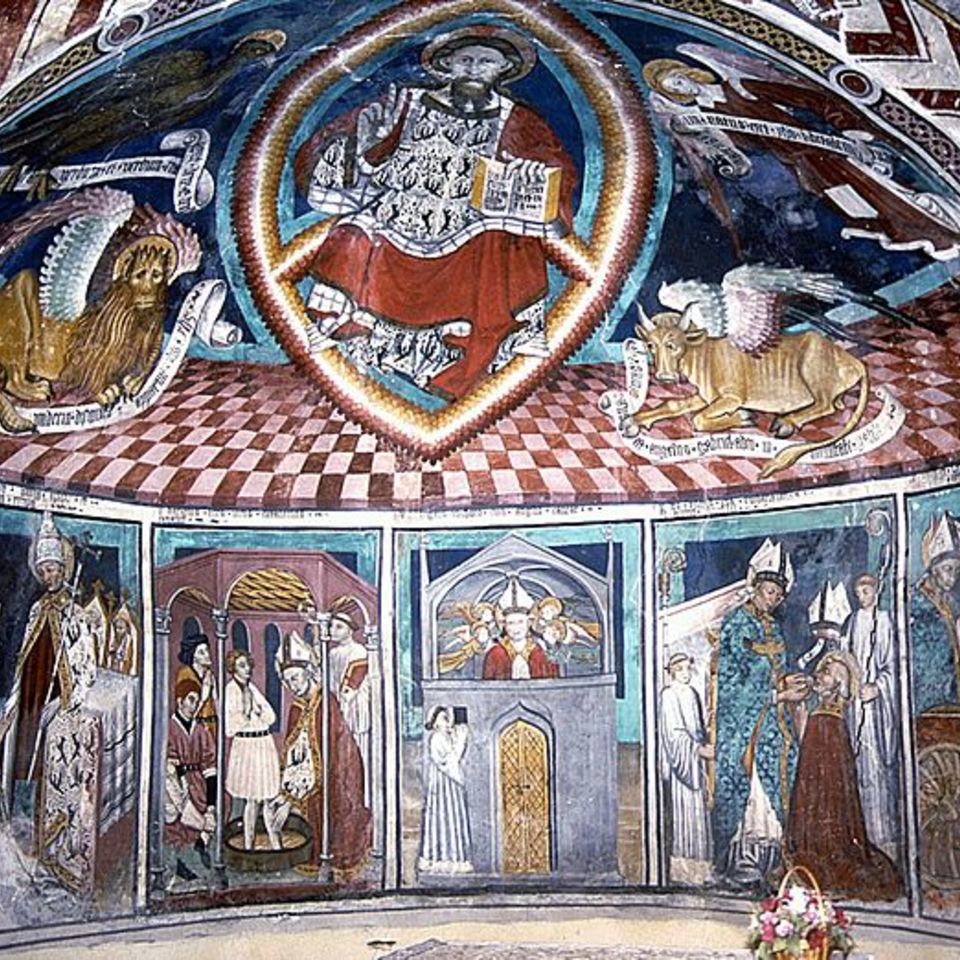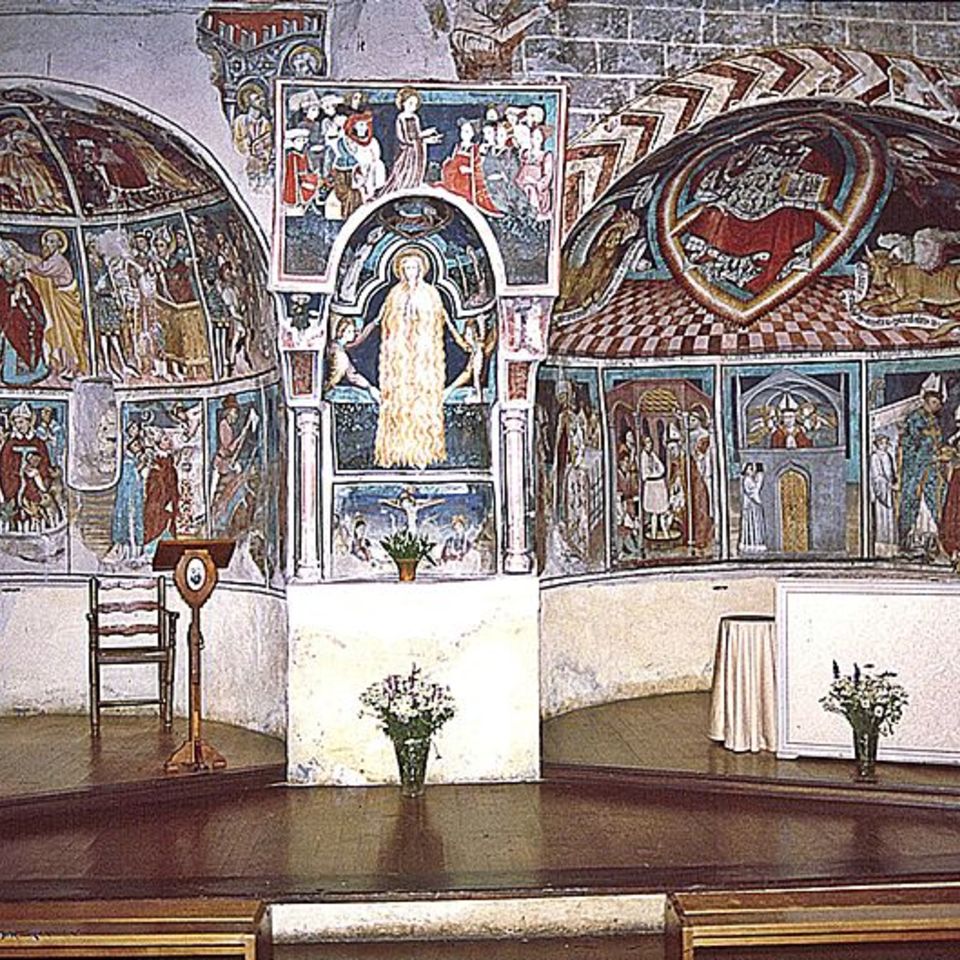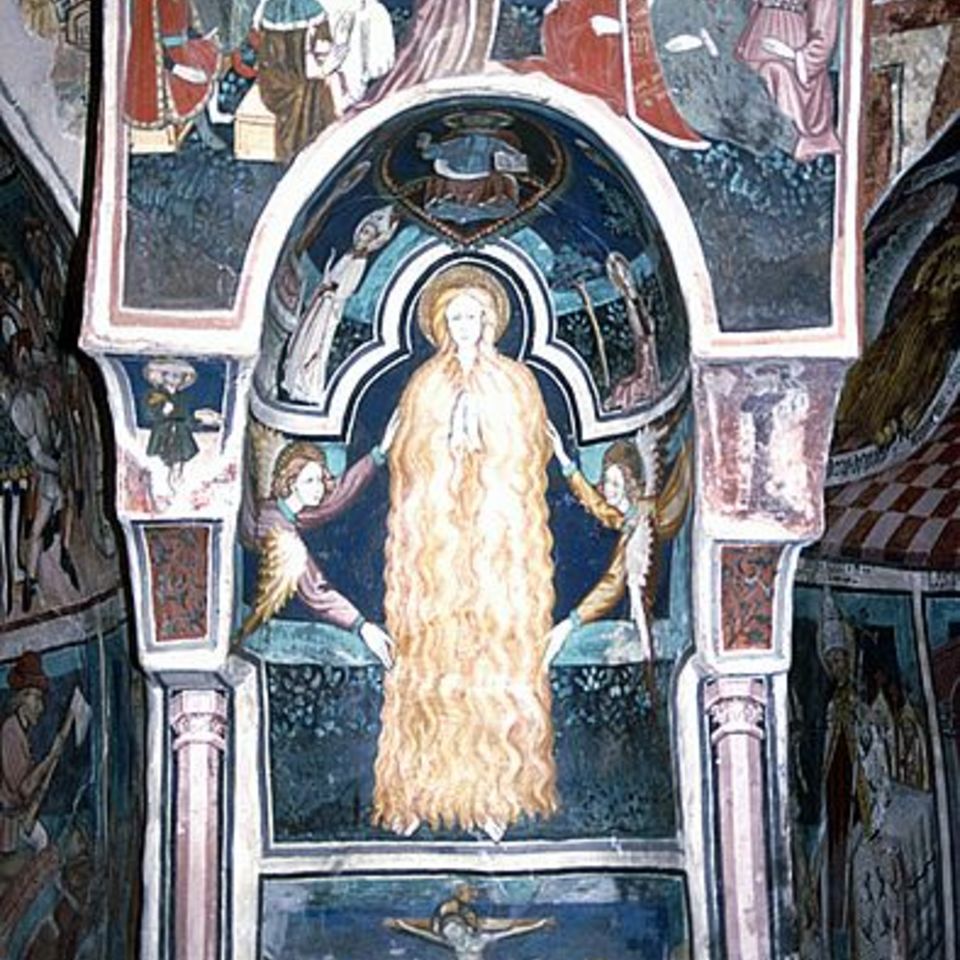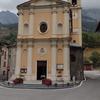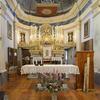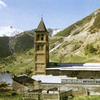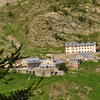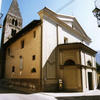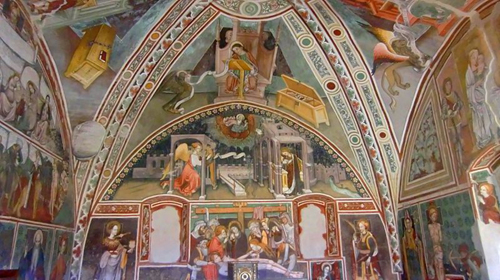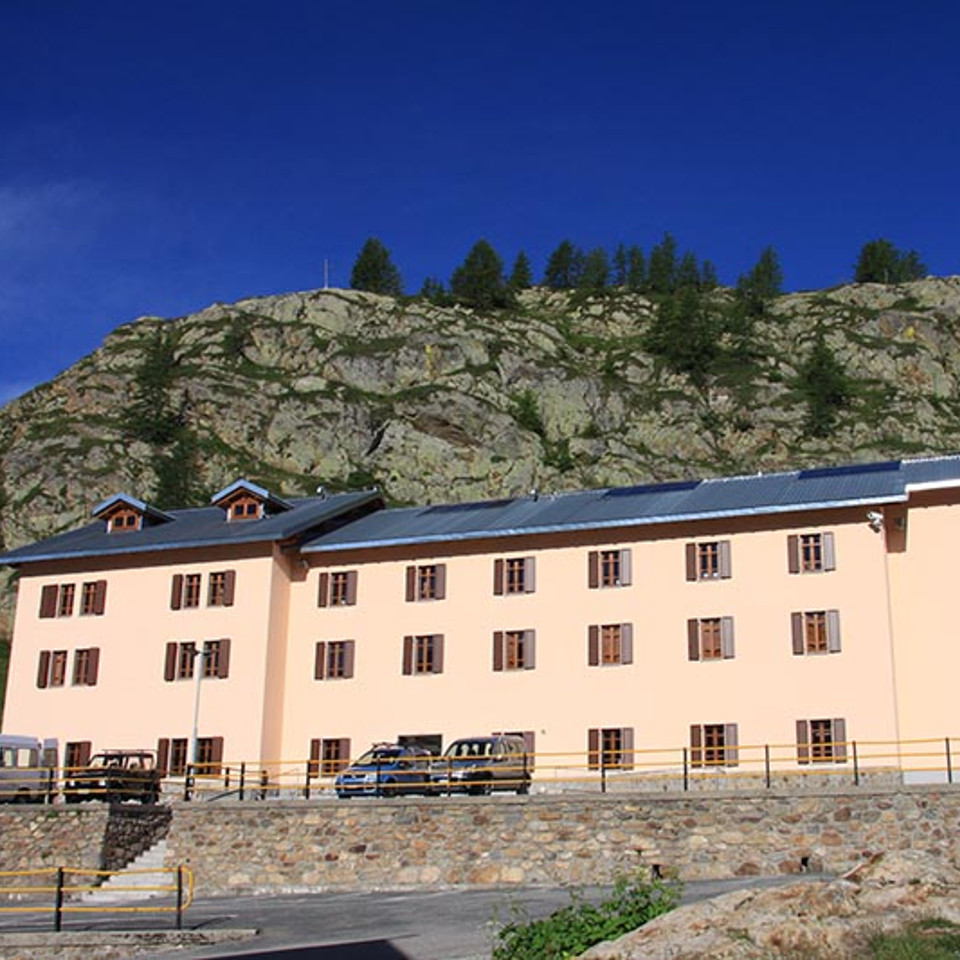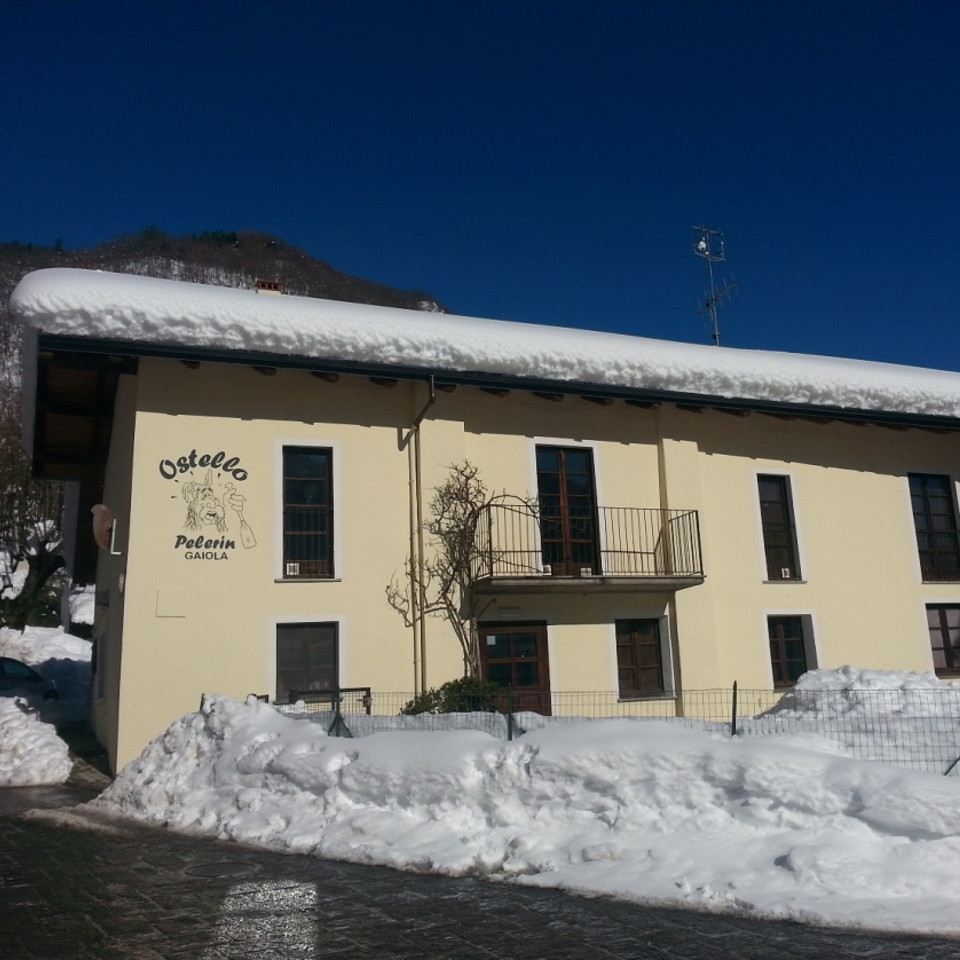 Chiese a porte aperte
Chiese a porte aperte
 Share
Share
 Tweet
il mio itinerario
?
Tweet
il mio itinerario
?
Chapelle Saint Erige
Diocesi di Cuneo-Fossano ( sec. XIII )
5000 Place d’Auron, 06660 Saint-Étienne-de-Tinée, Provence-Alpes-Côte d'Azur Francia
The chapel stands on the plateau of Auron, in the Alpes-Maritimes Department, in Provence-Alpes-Côte d'Azur, a short distance from the town of Saint-Etienne-de-Tinée. Built in the 13th century or in the first half of the 14th, it consists of a wide nave with an exposed framework, prolonged by two uneven apses vaulted with semi-domes and flanked on the south side by a bell tower with a stone spire and a perpendicular building added in the mid-16th century, used as a presbytery. The ceiling has an exposed wooden structure and a wooden balcony runs along the sides of the nave.
The date 1451, shown in an inscription, indicates the date of completion of the beautiful pictorial decoration covering the two apses, the central niche and the two walls of the nave. Attributed to an anonymous Piedmontese artist who has been given the conventional name of Master of Lusernetta, the cycle is dedicated to the lives and deeds of Saints Denis, Bishop of Paris, and Erige, Bishop of Gap. In the niche between the two apses, surmounted by a masonry work canopy, two angels support Saint Mary Magdalene portrayed full-length, completely wrapped in long golden hair. Active on both sides of the Alps around the middle of the 15th century, the artist reveals links with the late Gothic language and his work is characterised by the creation of over-abundant drapery and the use of stencil decorations, in particular for the robes, as well as eccentric character notations and attempts at monumental rendering of the figures.
From the late Middle Ages, the chapel of Saint-Erige was not only a place of pilgrimage to invoke the intercession of the saint in favour of weak children, particularly those suffering from rickets or with speech problems, but was also linked to the cult of the temporary resurrection (“le répit”), of stillborn children for the time necessary to have them baptised, a belief that was widespread in Europe, from Flanders and Brabant to Provence, from Savoy to Franche-Comté, Switzerland and the Southern Tyrol, and which, in French-speaking territories, dates back to at least the beginning of the 15th century, in Savoy perhaps even to the middle of the 14th century.
San Denis (Dionigi, in Italiano) è il santo patrono della città di Parigi. Secondo la tradizione agiografica egli fu inviato verso il 245 in Gallia da papa Fabiano. Giunto a Lutezia (l’attuale Parigi) vi svolse attività di predicazione e fu eletto vescovo dalla locale comunità cristiana. Fu martirizzato per decapitazione in un periodo compreso fra il 250 e il 285 e il suo corpo fu sepolto nel sito dell’attuale basilica di Saint Denis, dove sorse anche un’abbazia. La Chiesa Cattolica lo venera come uno dei quattordici santi ausiliatori.
Sant’Erige (Aredio in Italiano) nacque al 535 e divenne discepolo del vescovo di Grenoble, che lo avviò al sacerdozio e lo consacrò sacerdote. Fu eletto vescovo di Gap attorno al 579 e resse la Diocesi fino al 608-609 circa. Fu venerato subito dopo la sua morte per i numerosi miracoli attribuitigli.
La figura di Maria Maddalena è menzionata i tutti i Vangeli canonici e anche in alcuni Apocrifi; essa fu una delle principali discepole del Cristo, fu presente alla crocifissione e alla deposizione e fu la prima annunciatrice della Resurrezione dopo aver incontrato il Cristo risorto. Secondo la Legenda Aurea, dopo l’avvio della predicazione apostolica Maria Maddalena, Lazzaro, Maria Salome, Maria Jacobé, Marta di Betania e la serva nera Sara furono caricati su una barca e sospinti in mare dai pagani affinché morissero. Dopo una lunga traversata giunsero sulle coste della Camargue, presso l’attuale Saintes-Maries-de-la-Mer. Il culto di Santa Maria Maddalena è diffuso in tutta la Cristianità sia orientale che occidentale; la santa è particolarmente venerata in Provenza.
Nearby
Art
External links
Accessibility
| Lun-Mer | chiuso |
|---|---|
| Gio | 17:00 - 18:00 |
| Ven-Sab | chiuso |
| Dom | 17:00 - 18:00 |
Per le visite guidate prenotazione presso l’Office de Tourisme d’Auron; libero per visite individuali
The building may be visited at the times indicated unless a religious function is in progress
Info
- cathedral
- Cattedrale di Cuneo
- diocese
- Cuneo-Fossano
- type of building
- Antiche cappelle
- address
- 5000 Place d’Auron, 06660 Saint-Étienne-de-Tinée, Provence-Alpes-Côte d'Azur Francia
Services
- accessibility

- reception

- educational

- guides

- bookshop

- food venue

ACCOMMODATIONS NEARBY
Santuario S. Anna (S.Gioachino – Excelsior – S.Giuseppe)
FRAZIONE SANT'ANNA 1, VINADIO, 12010, CN
Strutture alberghiere e punto tappa Gta
0171959125 info@santuariosantanna.eu
SANTUARIO DI SAN MAGNO
VIA DON MASCARELLO 1, CASTELMAGNO, 12020, CN
Rifugio escursionistico
0171986178 / 3292182759 santuario@sanmagno.net / ezio.mandrile@alice.it
OSTELLO DEL PELERIN
VIA XI FEBBRAIO 2, GAIOLA, 12010, CN
OSTELLO
338 101 1194 prenotazioni@ostellogaiola.cn.it




